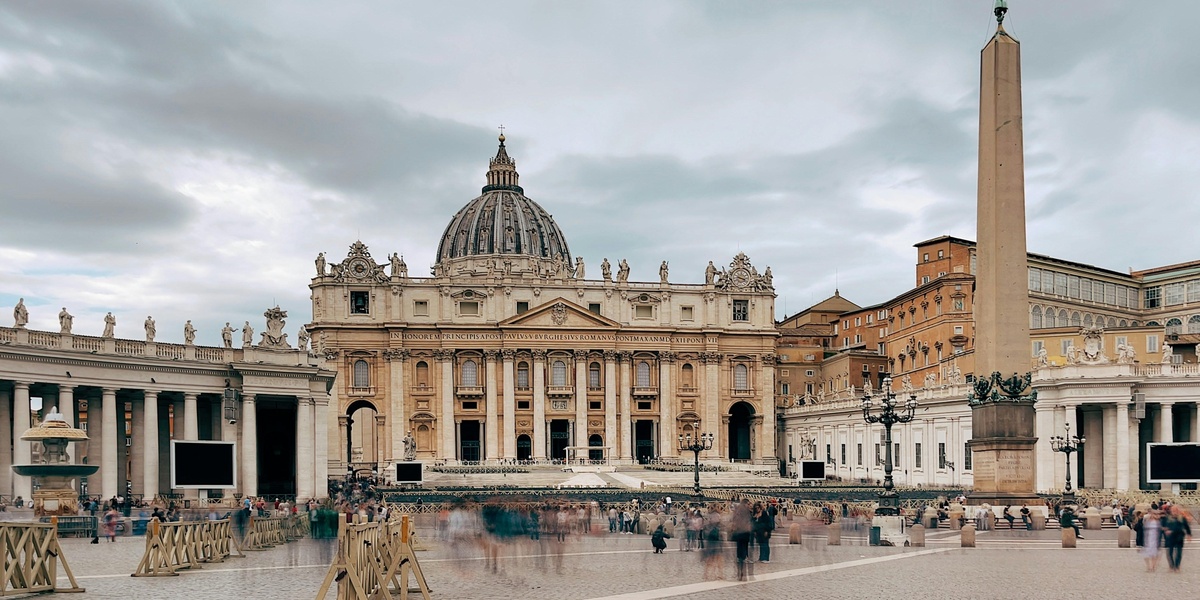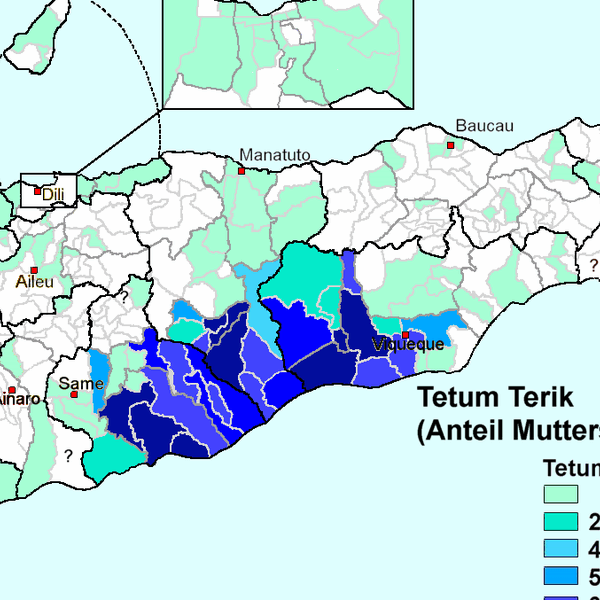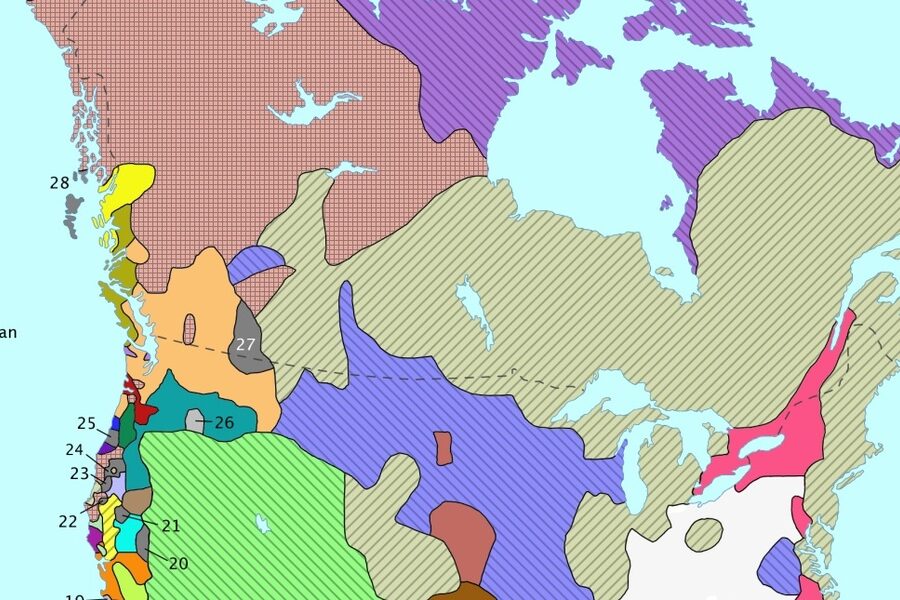Vatican City may be tiny in area, but it’s rich in linguistic layers shaped by centuries of worship, diplomacy and international visitors. The mix of clergy, pilgrims and embassy staff means many tongues appear in liturgy, documents and daily exchanges around St. Peter’s.
There are 15 Indigenous Languages in Vatican City, ranging from Armenian to Ukrainian. For each language the list below shows Status,Usage context,Where spoken — you’ll find below.
How are these languages actually used inside Vatican City?
Usage varies: Latin and Italian dominate official and liturgical functions, while other languages turn up in specific rites, national delegations, pastoral care and diplomatic settings; the Status column notes whether a language is used formally or informally, and the Usage context explains where and why it appears.
Where can a visitor expect to hear or see these languages?
You’re most likely to encounter them during papal liturgies, national ceremonies, in the Vatican museums, or through clerics and staff from particular countries; the Where spoken column highlights whether a language is present inside Vatican institutions or primarily among nearby Roman communities.
Indigenous Languages in Vatican City
| Name | Status | Usage context | Where spoken |
|---|---|---|---|
| Latin | Official;Liturgical;Historic | Papal documents, Vatican liturgy, Canon law, official communications | Vatican offices, St. Peter’s, liturgical ceremonies |
| Italian | Administrative;Common | Daily administration, local speech, Vatican press and media | Secretariat of State, Vatican City offices, resident clergy, Swiss Guard |
| French | Administrative;Historic | Diplomacy, historical papal correspondence, international relations | Secretariat of State, nunciatures, diplomatic ceremonies in Vatican |
| English | Administrative;Common | Diplomacy, international communications, Masses, media, Vatican websites | Secretariat, diplomatic corps, international departments, public events |
| Spanish | Administrative;Common | Diplomacy, pastoral outreach, Masses, communications to Spanish speakers | Secretariat, embassies, Spanish-speaking clergy in Vatican |
| German | Administrative;Common | Diplomacy, academic scholarship, German-speaking liturgies and events | Secretariat, pontifical universities, German-speaking clergy gatherings |
| Portuguese | Administrative;Common | Diplomacy, pastoral communications to Lusophone countries, liturgies | Secretariat, Portuguese-speaking clergy and visitors in Vatican |
| Greek | Liturgical;Historic | Byzantine and Eastern liturgies, patristic scholarship, historical documents | Papal liturgies for Greek rite, Vatican libraries, academic institutes |
| Church Slavonic | Liturgical;Historic | Liturgy of Eastern Catholic Churches, cathedral ceremonies, liturgical books | Services for Slavic Eastern Catholics in Vatican, Pontifical institutes |
| Armenian | Liturgical;Historic | Armenian Catholic liturgy, ecumenical relations, cultural events | Pontifical Armenian communities, ceremonies in Vatican, Vatican archives |
| Coptic | Liturgical;Historic | Coptic Catholic liturgy, ecumenical dialogue, cultural preservation | Vatican ceremonies for Coptic Catholics, Pontifical institutes, archives |
| Ge’ez | Liturgical;Historic | Ethiopian/Eritrean Catholic liturgy, sacred texts, scholarly study | Services for Ethiopic rite in Vatican, Pontifical Oriental institutes |
| Syriac | Liturgical;Historic | Syriac and Maronite liturgies, Eastern Catholic rites, scholarship | Vatican services for Syriac rites, Pontifical Oriental institutes, archives |
| Ukrainian | Liturgical;Common | Ukrainian Greek Catholic liturgies, pastoral services, events for Ukrainians | Vatican ceremonies, Ukrainian diaspora gatherings, Pontifical institutes |
| Romanian | Liturgical;Common | Romanian Greek Catholic liturgies, pastoral care, diplomatic contacts | Services in Vatican, Romanian clergy and faithful in Rome, institutes |
Images and Descriptions
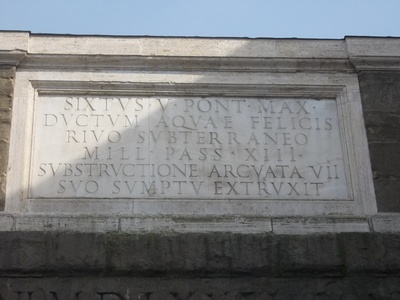
Latin
The Latin language is the official language of the Holy See and the Roman Rite, used for papal documents, Vatican liturgy, and academic scholarship. Classical, Medieval and Ecclesiastical forms shaped Church law, doctrine, and global Catholic identity for centuries.
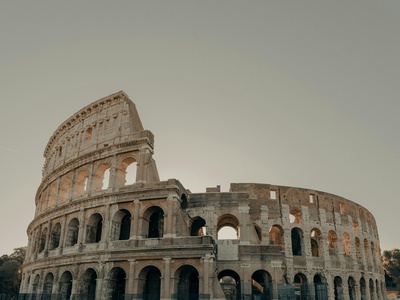
Italian
Italian is the working language of Vatican administration and daily life in Vatican City. Used in most internal communications, press briefings and local services, Italian serves as the common tongue between international clergy and Rome-based staff while reflecting Vatican’s Roman setting.

French
French was the dominant European diplomatic language for centuries and remains important in Holy See diplomacy. The Vatican uses French in diplomatic correspondence, international relations, and historical archives, reflecting long-standing ties with French-speaking Catholic institutions and states.
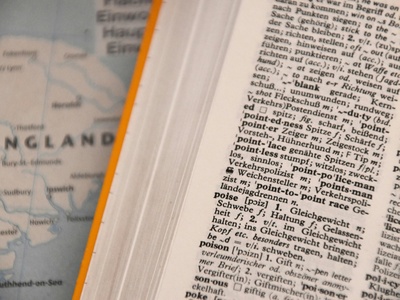
English
English functions as a global working language at the Vatican for diplomacy, communications, and media. Frequently used in press releases, international meetings, papal trips, and multilingual liturgies, it helps the Holy See engage Anglophone Catholics and international organizations.

Spanish
Spanish is widely used by the Holy See for diplomatic outreach and pastoral communication across Latin America and Spain. It appears in Vatican press materials, multilingual celebrations, and in conversations among Spanish-speaking clergy working in Rome and at the Vatican.

German
German is important in Vatican academic circles and diplomacy, reflecting large German-speaking Catholic communities. The language appears in scholarly publications, bilateral relations, and special liturgies or events for German-speaking faithful and clergy in Rome and at the Holy See.
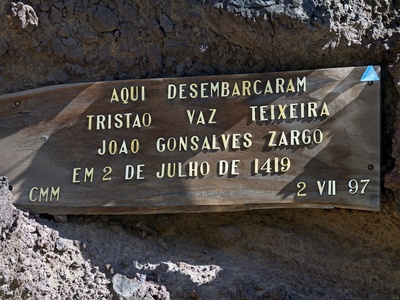
Portuguese
Portuguese serves the Vatican’s outreach to Lusophone countries and communities. It is used in diplomatic contacts, pastoral communications, and occasional liturgies or events for Portuguese-speaking pilgrims, clergy, and institutions linked to the Holy See.
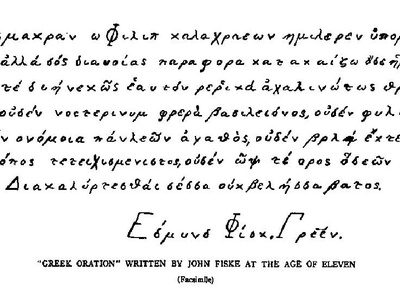
Greek
Greek—both ancient/Koine and modern—has deep historical ties to the Church and Vatican scholarship. It appears in Byzantine liturgies under the Holy See, theological study, and in archival documents tracing early Christian history and ecumenical relations.
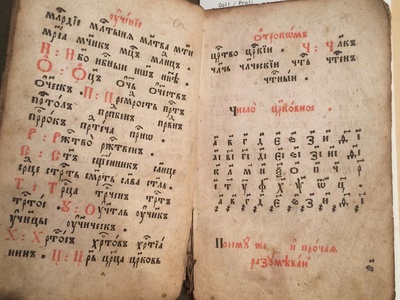
Church Slavonic
Church Slavonic is the traditional liturgical language for many Slavic Eastern Catholic communities in communion with Rome. The Vatican preserves Slavonic rites and texts, which appear in services, celebrations for Slavic faithful, and in specialized liturgical scholarship.

Armenian
Armenian is used liturgically by the Armenian Catholic Church and features in Vatican dialogues with Armenian Christians. The language appears in special liturgies, pilgrim visits, and archival materials documenting Armenian‑Vatican relations and ancient Christian heritage.
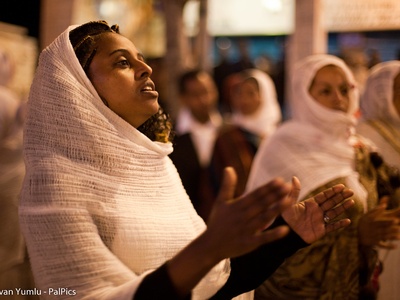
Coptic
Coptic (Egyptian Christian liturgical language) is used by Coptic Catholics and appears in Vatican liturgies, dialogues, and preservation of Eastern Christian traditions. The Holy See engages Coptic communities through ceremonial occasions and academic cooperation.
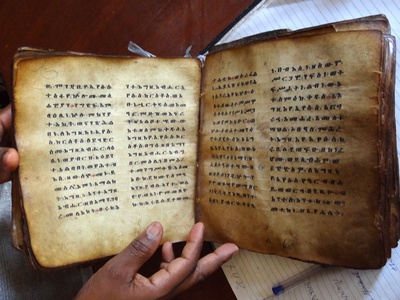
Ge’ez
Ge’ez (Classical Ethiopic) is the liturgical language of Ethiopic rites within the Catholic Church. The Vatican studies, preserves, and occasionally uses Ge’ez in liturgies, scholarly work, and ceremonies involving Ethiopian and Eritrean Catholic communities.
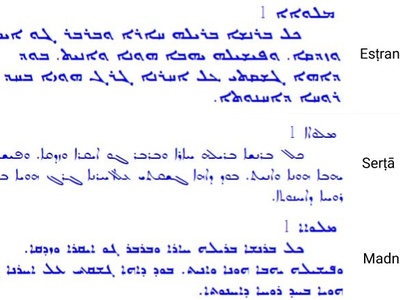
Syriac
Classical Syriac (a form of Aramaic) serves as the liturgical language for several Eastern Catholic Churches in full communion with Rome. The Vatican supports Syriac rites, preserves manuscripts, and uses the language in ecumenical and liturgical contexts.
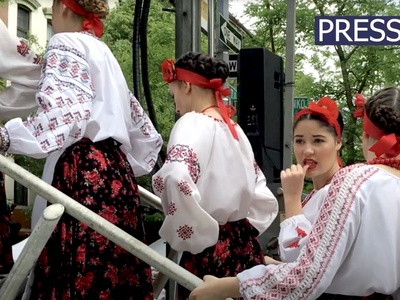
Ukrainian
Ukrainian is used in liturgies of the Ukrainian Greek Catholic Church and in pastoral outreach for Ukrainian faithful visiting or working in Rome. The Vatican celebrates Masses and issues communications addressing Ukrainian communities and clergy.

Romanian
Romanian is used by Romanian Greek Catholics and Latin‑rite Romanian communities connected to the Holy See. It appears in liturgies, pastoral ministry, and in bilateral relations with Romania and Romanian-speaking pilgrims visiting Vatican City.

